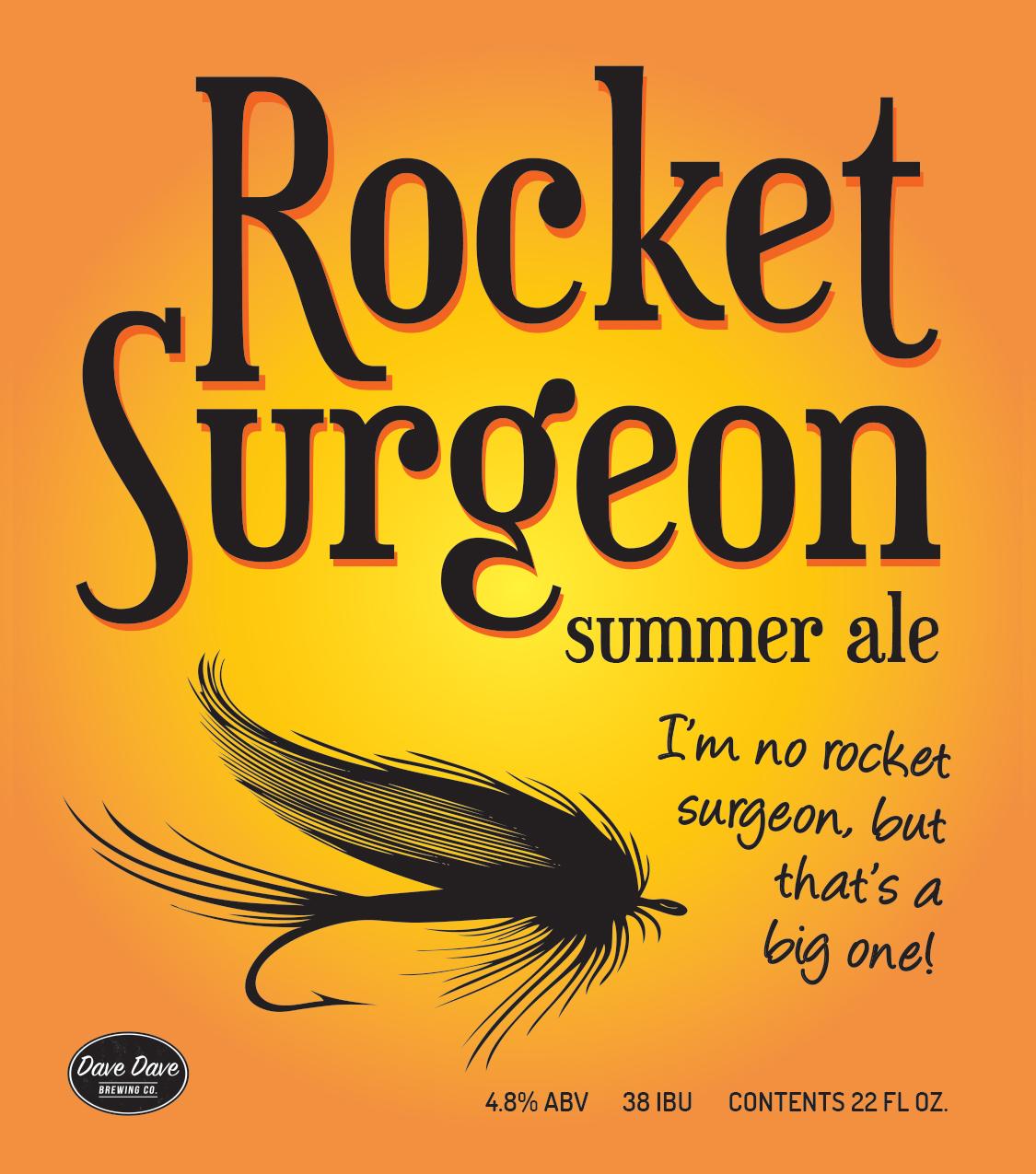12A. British Golden Ale
The attributes we tried to achieve are highlighted
Overall Impression: A hop-forward, average-strength to moderately-strong pale bitter. Drinkability and a refreshing quality are critical components of the style.
Aroma: Hop aroma is moderately low to moderately high, and can use any variety of hops – floral, herbal, or earthy English hops and citrusy American hops are most common. Frequently a single hop varietal will be showcased. Little to no malt aroma; no caramel. Medium-low to low fruity aroma from the hops rather than esters. Little to no diacetyl.
Appearance: Straw to golden in color. Good to brilliant clarity. Low to moderate white head. A low head is acceptable when carbonation is also low.
Flavor: Medium to medium-high bitterness. Hop flavor is moderate to moderately high of any hop variety, although citrus flavors are increasingly common. Medium-low to low malt character, generally bready with perhaps a little biscuity flavor. Caramel flavors are typically absent. Little to no
diacetyl. Hop bitterness and flavor should be pronounced. Moderately-low to low esters. Medium-dry to dry finish. Bitterness increases with alcohol level, but is always balanced. Mouthfeel: Light to medium body. Low to moderate carbonation on draught, although bottled commercial versions
will be higher. Stronger versions may have a slight alcohol warmth, but this character should not be too high.
Comments: Well-hopped, quenching beer with an emphasis on showcasing hops. Served colder than traditional bitters, this style was originally positioned as a refreshing summer beer, but is now often brewed year-round. Although early on the beers were brewed with English hops, increasingly American
citrus-flavored hops are used. Golden Ales are also called Golden Bitters, Summer Ales, or British Blonde Ales. Can be found in cask, keg, and bottle.
History: Modern golden ales were developed in England to take on strongly-marketed lagers. While it is difficult to identify the first, Hop Back’s Summer Lightning, first brewed in 1986, is thought by many to have got the style off the ground.
Characteristic Ingredients: Low-color pale or lager malt acting as a blank canvas for the hop character. May use sugar adjuncts, corn or wheat. English hops frequently used, although citrusy American varietals are becoming more common. Somewhat clean-fermenting British yeast. Style Comparison: More similar to an American Pale Ale than anything else, although it is often lower in alcohol and usually features British ingredients. Has no caramel and fewer esters compared to British bitters and pale ales. Dry as bitters but with less malt character to support the hops, giving a different balance. Often uses (and features) American hops, more so than most other modern British styles.
Vital Statistics:
IBUs: 20 – 45
SRM: 2 – 6
OG: 1.038 – 1.053
FG: 1.006 – 1.012
ABV: 3.8 – 5.0%
INGREDIENTS For 5 gallons
Grain
- 6.25 lb British pale malt
- 2.25 lb Belgian pilsner malt
- 0.63 lb German pale wheat (Red Wheat)
Hops
- 0.75 oz Cascade hops, 6.9% a.a. (60 min.)
- 0.75 oz Cascade hops, 6.9% a.a. (30 min.)
- 0.5 oz Cascade hops, 6.9% a.a. (5 min.)
- 1 oz Falconer’s Flight 7C, 10.4% a.a. (dry hop)
Yeast
2 packs Wyeast 1318 London Ale III
Finings
1 Whirlfloc tablet at 15 min
SPECIFICATIONS
Original Gravity: 1.053
Final Gravity: 1.011
DIRECTIONS
Mash in at 122°F and hold for 30 minutes. Raise to 140°F and hold for 15 minutes. Raise to 152°F and hold for 45 minutes.
Water: Mash water: 0.75 tbsp. baking soda (to achieve a ph of ~7.25)
Water: Sparge water: 0.75 tbsp. baking soda (to achieve a ph of ~7.25)
Primary Fermentation: 6 days at 68°F + 1 day at 72°F
Secondary Fermentation: 6 days at 60°F
Tertiary Fermentation: 1 day at 30°F (-1°C).
